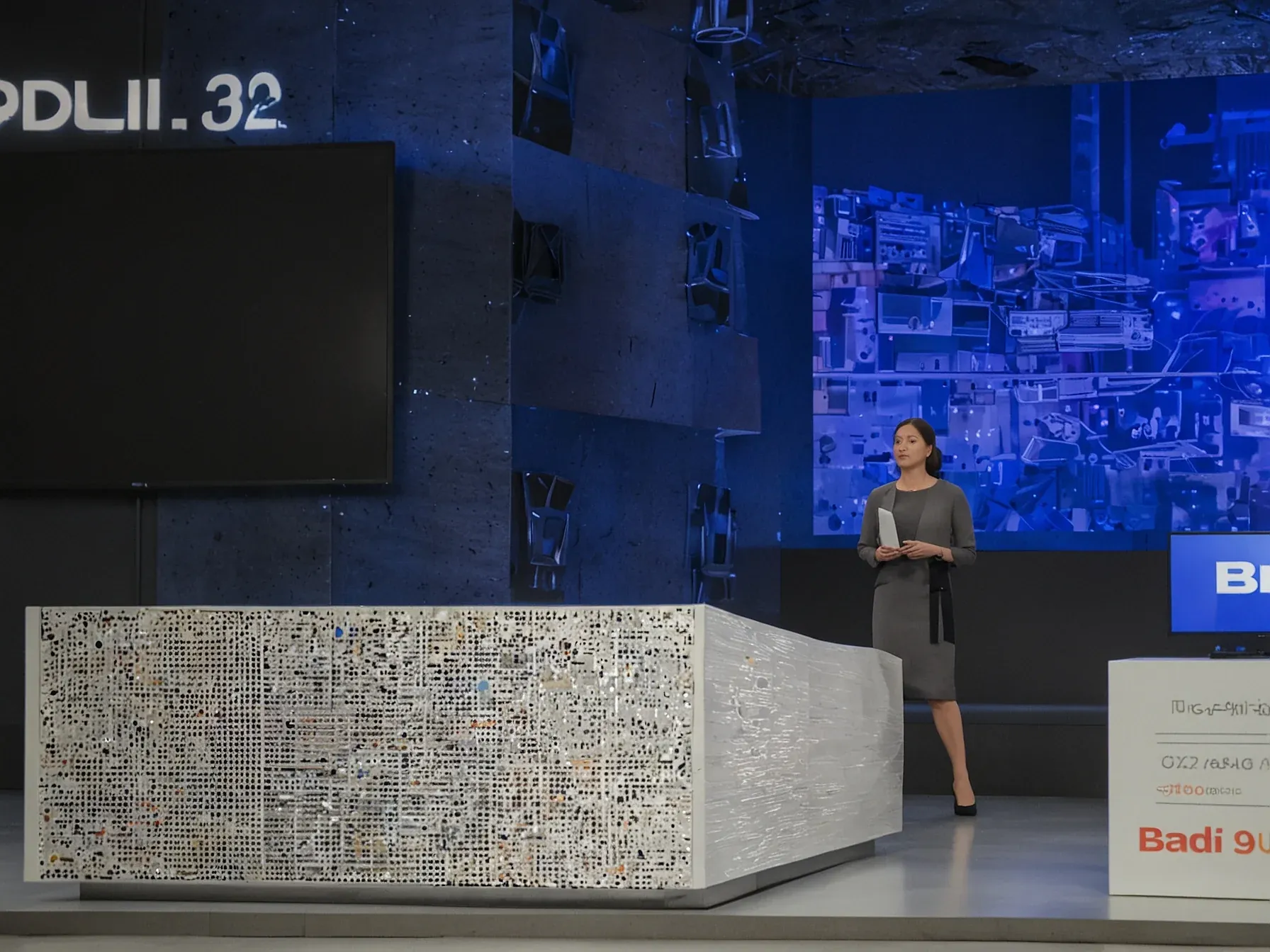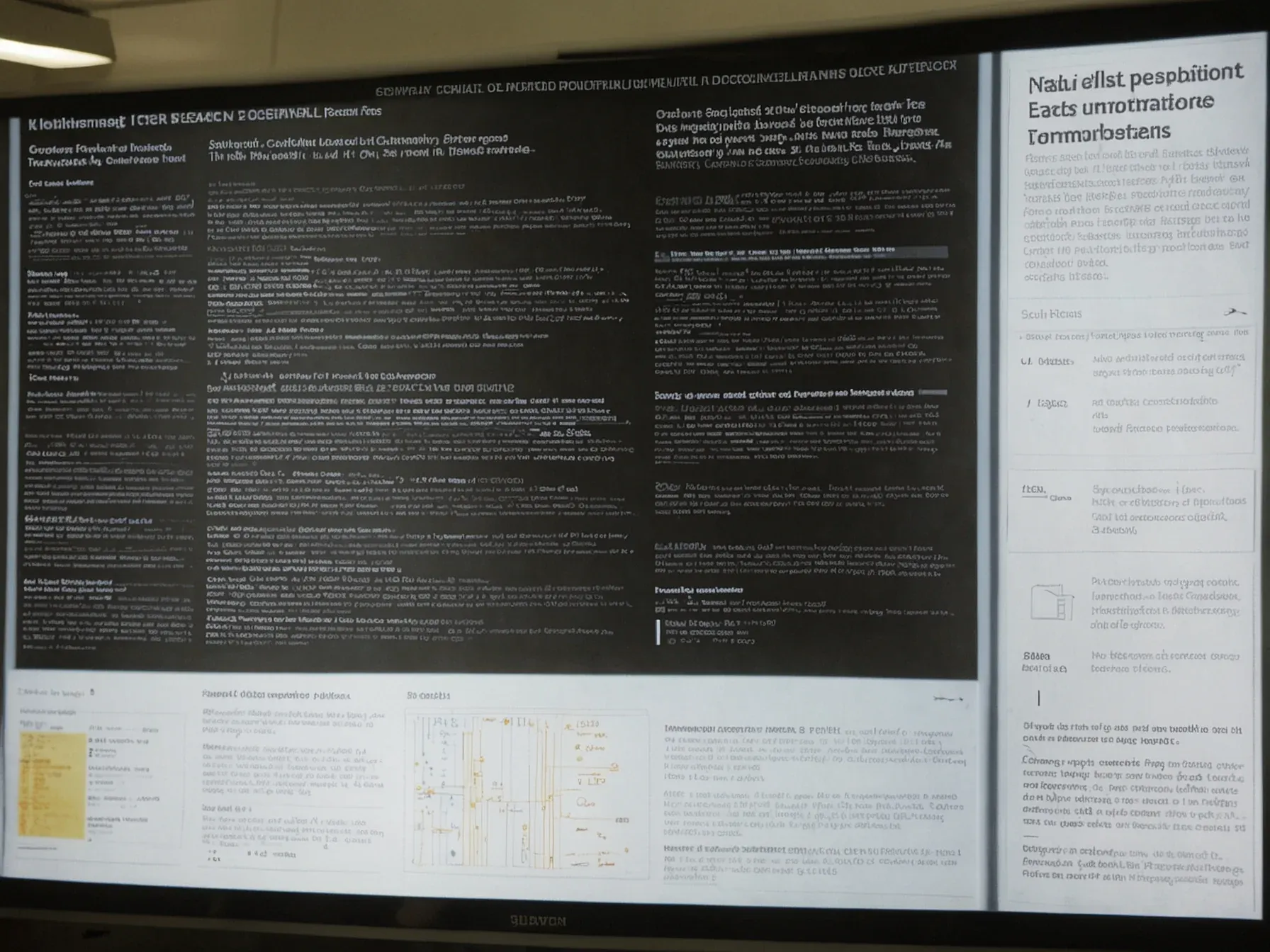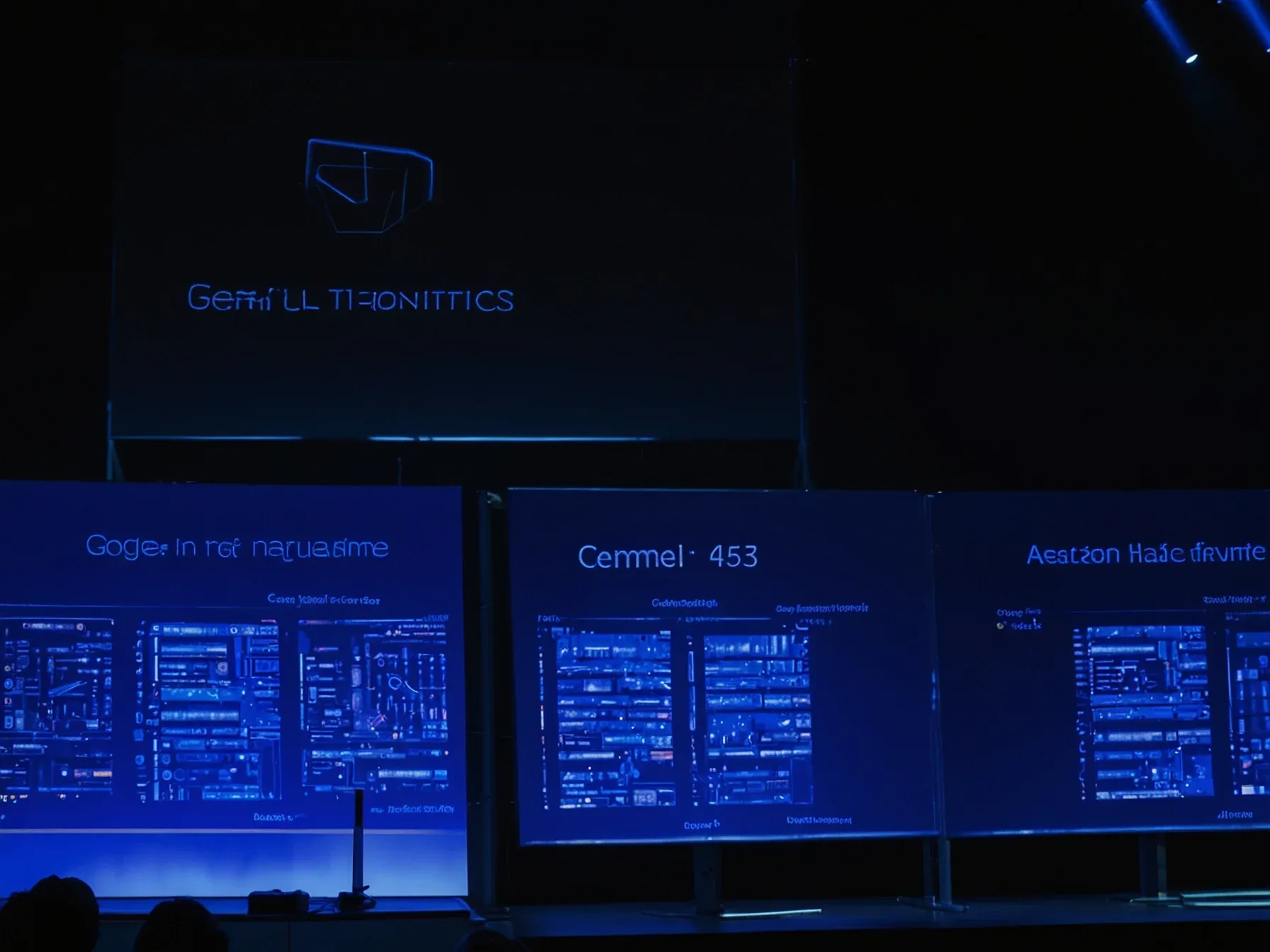
Weibo's VibeThinker-1.5B Beats DeepSeek-R1, USD 7.8K, Ties Larger Models in Math
Weibo’s latest open‑source offering, VibeThinker‑1.5B, has quietly slipped past DeepSeek‑R1 in a head‑to‑head benchmark while staying under a $7,800 post‑training budget. The 1.5‑billion‑parameter model was trained on publicly available data and released without the fanfare that usually accompanies Chinese AI rollouts. Early tests show it matching the performance of much larger systems on tasks that require step‑by‑step reasoning, such as solving arithmetic problems and generating code snippets.
Yet the same evaluations reveal a dip when the model is asked to answer broad‑knowledge questions drawn from the GPQA suite, an area where giants with hundreds of billions of parameters still dominate. This split performance raises a question about where smaller, cost‑effective models can realistically compete and where they might still fall short.
---
*Notably, it achieves parity with models hundreds of times larger on math and code, though it lags behind in general knowledge reasoning (GPQA), where larger models maintain an edge. This suggests a potential specialization trade‑off: while VibeThinker excels at structured logical tasks, it has less*
Notably, it achieves parity with models hundreds of times larger on math and code, though it lags behind in general knowledge reasoning (GPQA), where larger models maintain an edge. This suggests a potential specialization trade-off: while VibeThinker excels at structured logical tasks, it has less capacity for wide-ranging encyclopedic recall, a known limitation of smaller architectures. Guidance for Enterprise Adoption The release includes recommended inference settings (temperature = 0.6, top_p = 0.95, max tokens = 40960).
The model is small enough to be deployed on edge devices, including mobile phones and vehicle-embedded systems, while inference costs are estimated to be 20-70x cheaper than with large models. This positions VibeThinker-1.5B not just as a research achievement, but as a potential foundation for cost-efficient, locally deployable reasoning systems.
VibeThinker-1.5B arrives as a free, MIT‑licensed model, inviting both academia and industry to test its limits. Its performance on math and code tasks matches that of models many times its size, a claim backed by a $7,800 post‑training budget comparison with DeepSeek‑R1. Yet the same benchmarks reveal a shortfall in general‑knowledge reasoning, where larger systems still hold an edge.
This divergence hints at a specialization trade‑off: the model excels when problems are structured and logical, but it may struggle with broader, unstructured queries. The release also raises questions about scalability—whether additional training or architectural tweaks could narrow the GPQA gap remains unclear. For now, developers have a readily accessible tool that demonstrates that size alone doesn't dictate competence in every domain.
As researchers explore VibeThinker‑1.5B, its real‑world impact will depend on how well its strengths align with application needs and whether its weaknesses can be mitigated without prohibitive cost.
Further Reading
- Performance of VibeThinker-1.5B versus competing models: Surpassing DeepSeek R1 at a fraction of the cost - arXiv
- WeiboAI/VibeThinker-1.5B Free Chat Online: Outperforming DeepSeek R1 with Efficient Reasoning - Skywork.ai
- VibeThinker-1.5B: Compact AI Model Achieves High Performance At Low Cost - xugj520.cn
Common Questions Answered
How does VibeThinker-1.5B's performance on math and code tasks compare to DeepSeek‑R1?
VibeThinker-1.5B outperforms DeepSeek‑R1 in head‑to‑head benchmarks, achieving parity with models that are hundreds of times larger on arithmetic and code generation tasks. This demonstrates that the 1.5‑billion‑parameter model can handle structured logical problems exceptionally well despite its modest size.
What post‑training budget was allocated to VibeThinker‑1.5B, and how does that relate to its benchmark results?
The model was trained with a post‑training budget of $7,800, which is notably lower than the costs associated with many competing large‑scale models. Despite this limited spending, VibeThinker‑1.5B matches or exceeds the performance of larger systems on math and code benchmarks, highlighting its cost‑efficiency.
According to the GPQA benchmark, where does VibeThinker‑1.5B fall short compared to larger models?
VibeThinker‑1.5B lags behind larger models in general‑knowledge reasoning as measured by the GPQA benchmark. While it excels at structured logical tasks, its smaller architecture limits its encyclopedic recall and breadth of factual knowledge.
Under which license is VibeThinker‑1.5B released, and what implications does this have for developers and researchers?
The model is released under an MIT license, making it free to use, modify, and distribute. This permissive licensing encourages both academia and industry to experiment with the model, integrate it into products, and contribute improvements without legal barriers.





